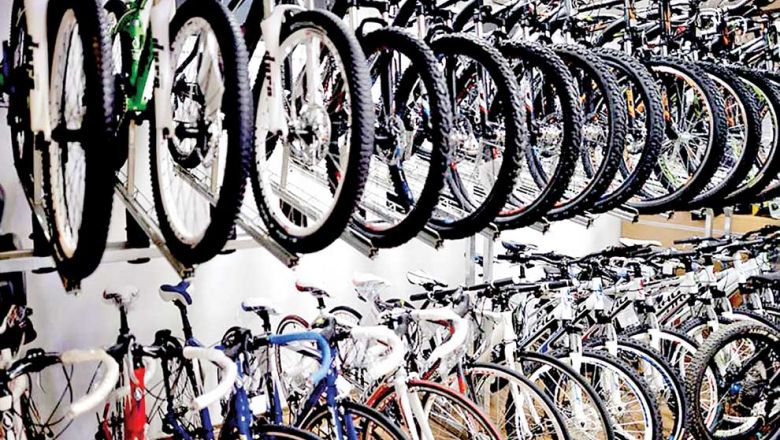Logistics nearing pre-Covid-19 performance: insider
Logistics nearing pre-Covid-19 performance: insider
Cambodia's logistics sector has maintained surprising strength, returning to near pre-pandemic levels after a string of Covid-19 speed bumps dragged down market activity to a virtual standstill, experts told The Post on November 1.
Cambodia Logistics Association president Sin Chanthy said the sector was operating at more than 90 per cent capacity, up from Covid-era lows of around 70 per cent, attributing the current uptrend to coronavirus vaccination campaigns and plans to reopen the country.
He explained that many of the businesses that suspended operations during the worst of the pandemic are now preparing to start back up and resume shipping, as the situation picks up and the Kingdom prepares to reopen.
However, he said, shipping costs remain high, especially to distant markets such as Europe and the US, driven up by a constant shortage of containers, which has proven particularly burdensome for agricultural operators.
“Despite the lockdown of some areas in the country and the spread of Covid-19, the logistics sector continues to operate without closure, albeit with some obstacles in Cambodia, as well as other countries,” Chanthy said.
He underlined that the logistics and transportation sectors have contributed significantly to economic and trade growth at home and abroad, given their interconnected and interdependent nature.
In this regard, Royal Academy of Cambodia economics researcher Ky Sereyvath believes that the logistics sector in the Kingdom is still immature and that the transportation system is lacking in terms of roads and distribution routes, although a wave of construction is underway.
While relatively affordable transportation services have historically been an important engine of economic growth, work on expressways connecting the capital to the provinces has not kept pace with transport infrastructure requirements, he noted.
“This problem forces all lorries to enter Phnom Penh – the management system is still limited, which carries costs for our economy, making transportation more expensive,” Sereyvath said.














